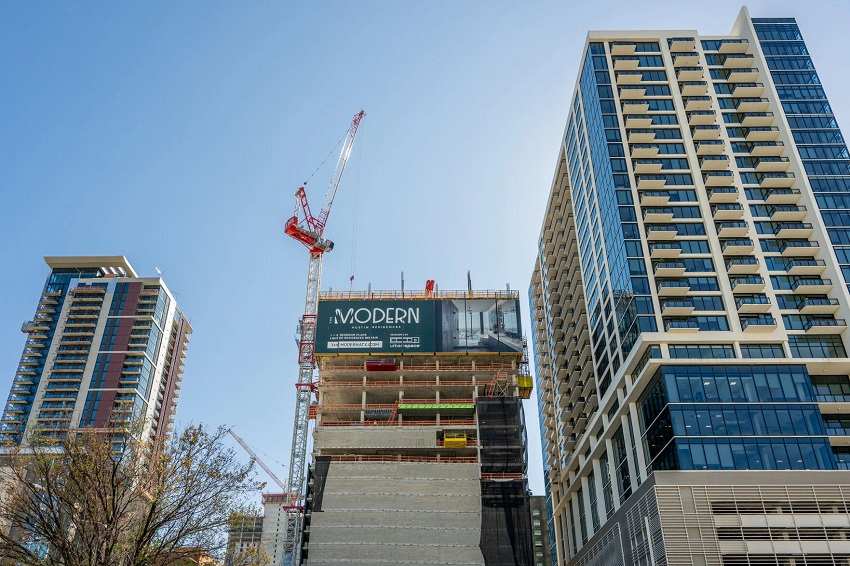Napa, CA – In October 2021, Elon Musk made a significant announcement: Tesla’s headquarters would be moving from Palo Alto, California, to Austin, Texas. This move was not merely a business relocation, but a reflection of growing challenges in California’s economy, particularly in the San Francisco Bay Area. Musk’s decision to relocate Tesla was not only driven by personal preferences but also by logistical and economic considerations that have increasingly shaped business decisions in Silicon Valley.
Musk, known for his bold leadership style, cited the high cost of living and housing affordability as key reasons for the move. “It’s tough for people to afford houses and a lot of people have to come in from far away,” Musk said at the time of the announcement. He also noted that the Bay Area’s limited room for growth posed a barrier to Tesla’s future expansion. “There’s a limit to how big you can scale in the Bay Area,” he explained.
The relocation reflects broader trends in the tech industry, where companies are seeking more affordable environments to foster growth. For years, the San Francisco Bay Area has been the epicenter of the technology world, with Silicon Valley serving as the hub for some of the largest and most influential companies in the world. However, the region’s soaring housing prices, high cost of living, and increasingly crowded infrastructure have begun to push both businesses and individuals to explore more attractive alternatives.
Musk’s move to Austin is part of a larger migration of businesses and individuals out of California, driven by both personal and financial incentives. Texas, with its lower housing costs, favorable tax policies, and business-friendly environment, has emerged as a popular destination for many tech companies. Austin, in particular, has seen rapid growth in recent years, with companies like Oracle, Palantir, and Apple making significant investments in the city. The area’s vibrant culture and thriving tech scene have made it an increasingly appealing alternative to Silicon Valley.
Tesla’s move also signals a shift in the broader tech ecosystem, where companies are reassessing the traditional reliance on California as the birthplace of innovation. While the Bay Area remains home to some of the world’s most influential companies, the appeal of Texas and other states offering more favorable economic conditions cannot be ignored.
The relocation has sparked a mix of reactions. Supporters of Musk’s decision argue that it highlights the changing dynamics of the business world, where flexibility and scalability are key. They suggest that the move could ultimately benefit Tesla by allowing the company to expand in a more affordable and conducive environment. Critics, however, view the decision as a symbolic departure from California’s tech legacy and a sign of the state’s diminishing role as a dominant player in the tech industry.
Nevertheless, the move signals the growing influence of cities outside of California as viable alternatives for tech companies seeking to escape the high costs and constraints of the Bay Area. As Musk’s decision continues to reverberate across the industry, it raises important questions about the future of Silicon Valley and whether it can maintain its position as the world’s leading tech hub in the face of shifting economic landscapes.
In the end, Tesla’s move to Austin marks more than just a corporate relocation. It is a reflection of the changing priorities in the tech world—where affordability, scalability, and quality of life are increasingly outweighing the historic allure of California’s Silicon Valley.

